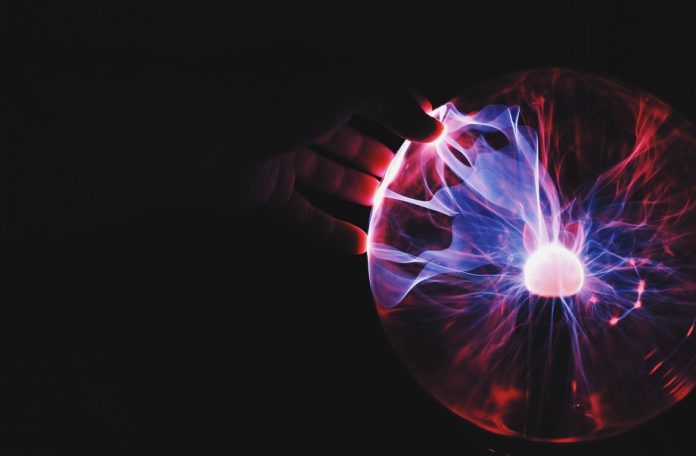Cavitation is a phenomenon that occurs when bubbles of water vapor form and then collapse, creating a sound. Cavitation machine are used to produce bubbles at specific frequencies in order to create products like caviar. In general, the higher the frequency, the smaller the bubble and the greater the cavitation. However, there is also a limit to how high frequency can be used before damage occurs to the equipment. What range is best for cavitation?
What range is best for cavitation?
When it comes to the best frequency for cavitation machines there is no definitive answer. The ideal range for cavitation will vary depending on the specific application. However, in general, frequencies between 20 and 40 kHz are most effective. This range provides enough energy to cause the formation of microbubbles, while also being low enough that the bubbles will quickly collapse once they leave the machine. Frequencies outside of this range may still be effective, but they could also produce more bubbles that are larger and slower to collapse.
How much power is needed for cavitation?
Cavitation is the formation of vapour-filled cavities in a liquid, often caused by the impact of a sound wave. When a high-power ultrasonic transducer is applied to a liquid, cavitation bubbles will start to form. The size and number of cavitation bubbles depend on the amplitude and frequency of the ultrasonic signal.
The higher the amplitude, the larger the bubbles will be. However, if the amplitude is too high, it can cause damage to the liquid and create shock waves that can be harmful to nearby objects. The optimal frequency for generating cavitation bubbles depends on the properties of the liquid and the size of the object being cleaned.
In general, lower frequencies are better for cleaning large objects, while higher frequencies are better for cleaning small objects.
What size device is needed for cavitation?
There is no one-size-fits-all answer to the question of what size device is needed for cavitation machines. It depends on the frequency of the machine and the size of the object being treated. Generally, a smaller device is needed for smaller objects, and a higher frequency is needed for more powerful cavitation.
Where should the device be placed for optimal results?
There are many different opinions on where the cavitation machine should be placed for optimal results. Some people say that it should be placed on the stomach, while others say that it should be placed on the thighs. It is important to know which frequency is best for your specific machine.
Conclusion
In conclusion, the best frequency for cavitation machines is between 20-40 kHz. This range will produce the most effective results while still being safe for the patient. Always consult with a professional before using a cavitation machine to ensure that you are using the machine in the safest and most effective way possible.


